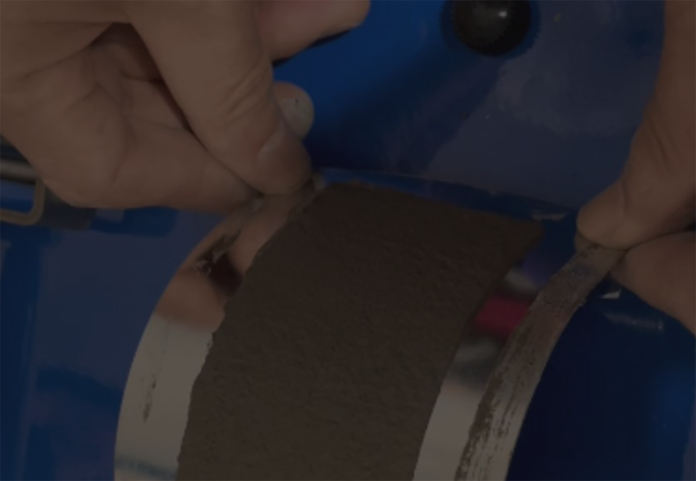
Nov . 19, 2024 11:48 Back to list
celulosa hpmc
Understanding Cellulose and Hydroxypropyl Methylcellulose (HPMC)
Cellulose is one of the most abundant organic polymers on Earth, forming the structural component of the primary cell wall of green plants, algae, and some fungi. It is a complex carbohydrate, consisting of linear chains of glucose units linked by β-1,4-glycosidic bonds. The simplicity of its structure belies its importance, as cellulose provides rigidity and strength, enabling plants to maintain their shape and resist various environmental stresses. The utilization of cellulose has expanded greatly beyond its natural occurrence, finding applications in various industries including pharmaceuticals, food, textiles, and construction.
One of the significant derivatives of cellulose is Hydroxypropyl Methylcellulose (HPMC). This semi-synthetic polymer is synthesized through the reaction of cellulose with propylene oxide and methyl chloride. HPMC retains many of the properties of cellulose while offering enhanced functionalities that make it suitable for a variety of applications.
The Structure and Properties of HPMC
HPMC is characterized by the presence of hydroxyl (–OH) and methoxy (–OCH3) groups, which are introduced during its synthesis. These modifications provide HPMC with unique solubility and viscosity properties. Unlike cellulose, HPMC is soluble in water, and its solubility can be fine-tuned through adjustments in the levels of hydroxypropyl and methoxy groups. This tunability is one of the primary reasons for HPMC's widespread use in various formulations.
The degree of substitution – which refers to the average number of hydroxyl groups replaced by hydroxypropyl and methoxy groups – greatly influences the characteristics of HPMC. Higher degrees of substitution result in increased solubility in water and lower viscosity, making HPMC a versatile agent in different formulations.
Applications of HPMC
1. Pharmaceutical Industry
In the pharmaceutical sector, HPMC serves multiple roles. It is commonly used as a controlled-release agent in drug formulations, helping to regulate the release of active ingredients over time. HPMC's ability to form gels and its biocompatibility also make it an ideal excipient for tablet formulations. It enhances the tablet's mechanical strength while ensuring that the active ingredients are effectively released in the body.
celulosa hpmc

Moreover, HPMC is used in ophthalmic solutions, where it acts as a lubricant to alleviate dry eye symptoms and improve the comfort of contact lenses. Its ability to form a thin film helps to retain moisture on the eye surface for extended periods.
2. Food Industry
HPMC is also widely utilized in the food industry as a food additive. It functions as a thickener, emulsifier, and stabilizer, contributing to the texture and consistency of sauces, dressings, and baked goods. Its use in gluten-free products has gained popularity, as it enhances the binding qualities of gluten-free flours and ingredients, yielding a desirable mouthfeel and structure.
Furthermore, HPMC's ability to form gels is beneficial in imitation meat products, where it mimics the texture and juiciness traditionally provided by meat proteins.
3. Construction Industry
In construction, HPMC is used as an additive in cement-based formulations. It improves the workability and adhesion of mortars and plasters, allowing for easier application and improved performance. The water retention properties of HPMC help prevent the rapid drying of cement products, which can improve the overall durability and lifespan of construction projects.
Conclusion
The importance of cellulose and its derivatives, particularly Hydroxypropyl Methylcellulose, cannot be overstated. With its versatile properties and wide range of applications, HPMC has secured its place in various industries, contributing significantly to advancements in pharmaceutical delivery, food technology, and construction materials. As research continues to uncover new applications and improve upon existing uses, HPMC is set to play an even more prominent role in innovative solutions across multiple sectors. The evolution of cellulose derivatives like HPMC exemplifies the potential of natural polymers when combined with modern technological practices, paving the way for sustainable and effective solutions in our everyday lives.
-
Versatile Hpmc Uses in Different Industries
NewsJun.19,2025
-
Redispersible Powder's Role in Enhancing Durability of Construction Products
NewsJun.19,2025
-
Hydroxyethyl Cellulose Applications Driving Green Industrial Processes
NewsJun.19,2025
-
Exploring Different Redispersible Polymer Powder
NewsJun.19,2025
-
Choosing the Right Mortar Bonding Agent
NewsJun.19,2025
-
Applications and Significance of China Hpmc in Modern Industries
NewsJun.19,2025







